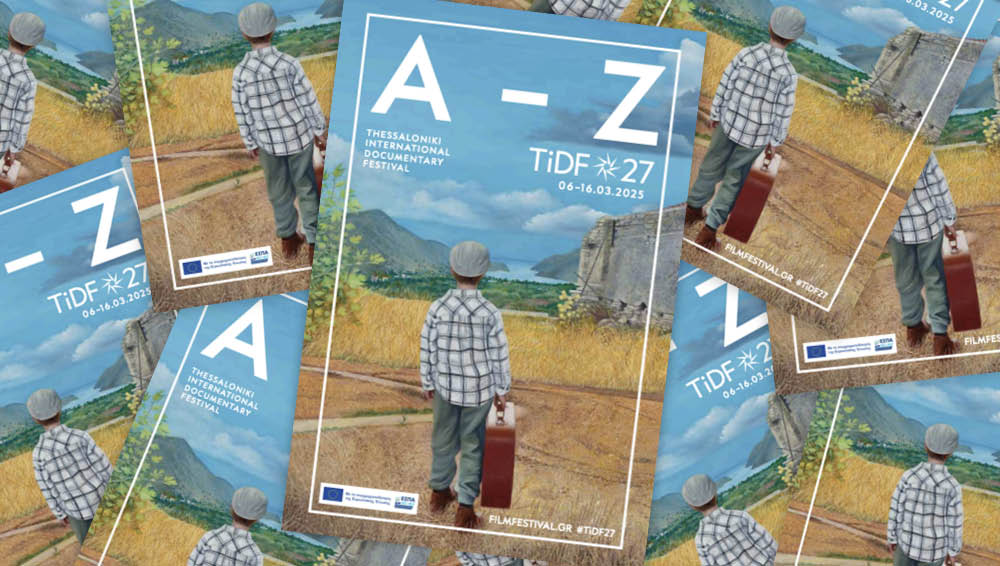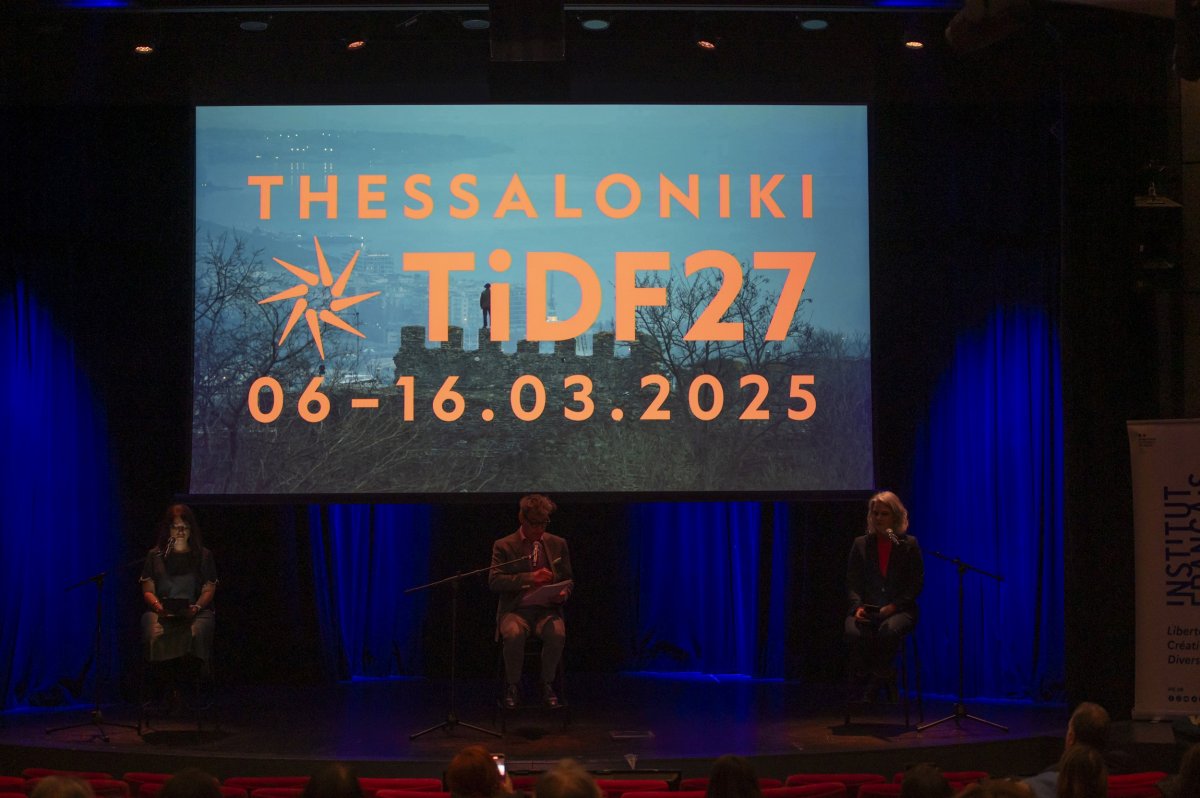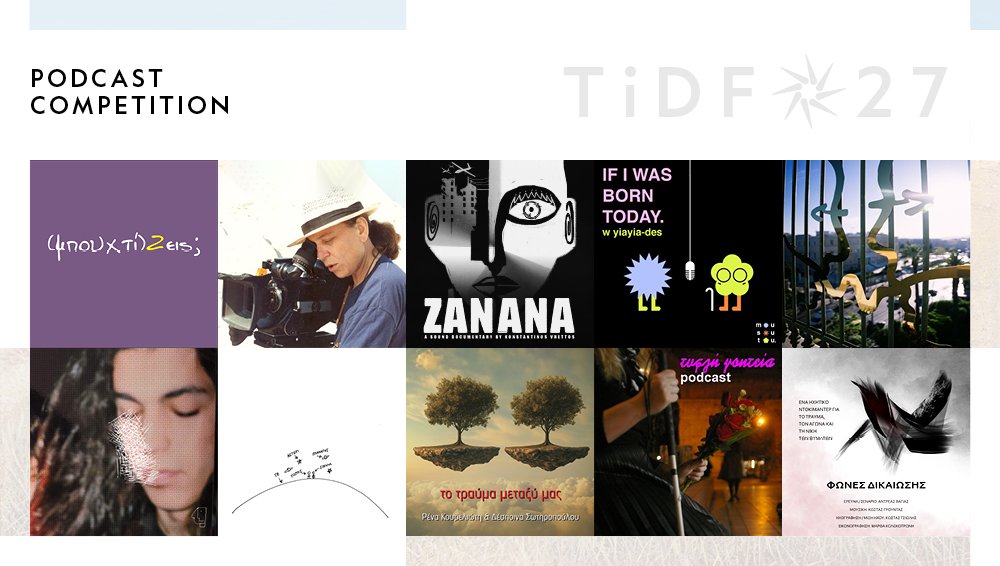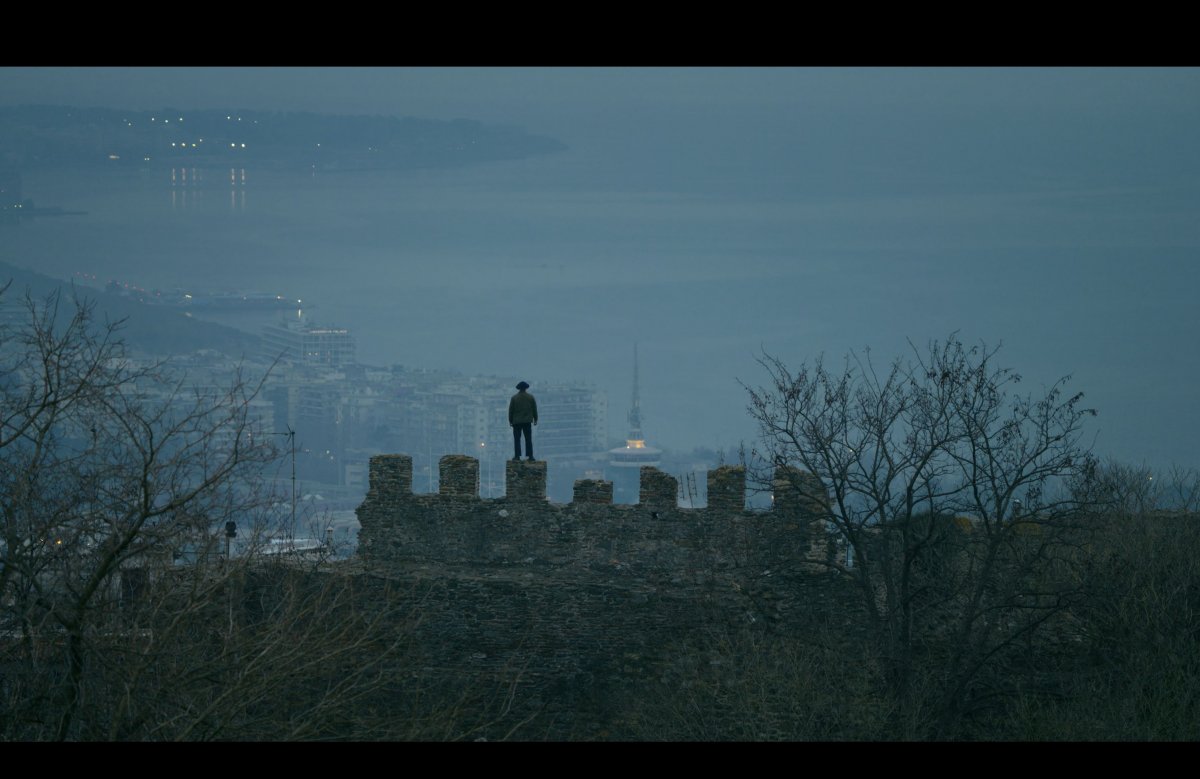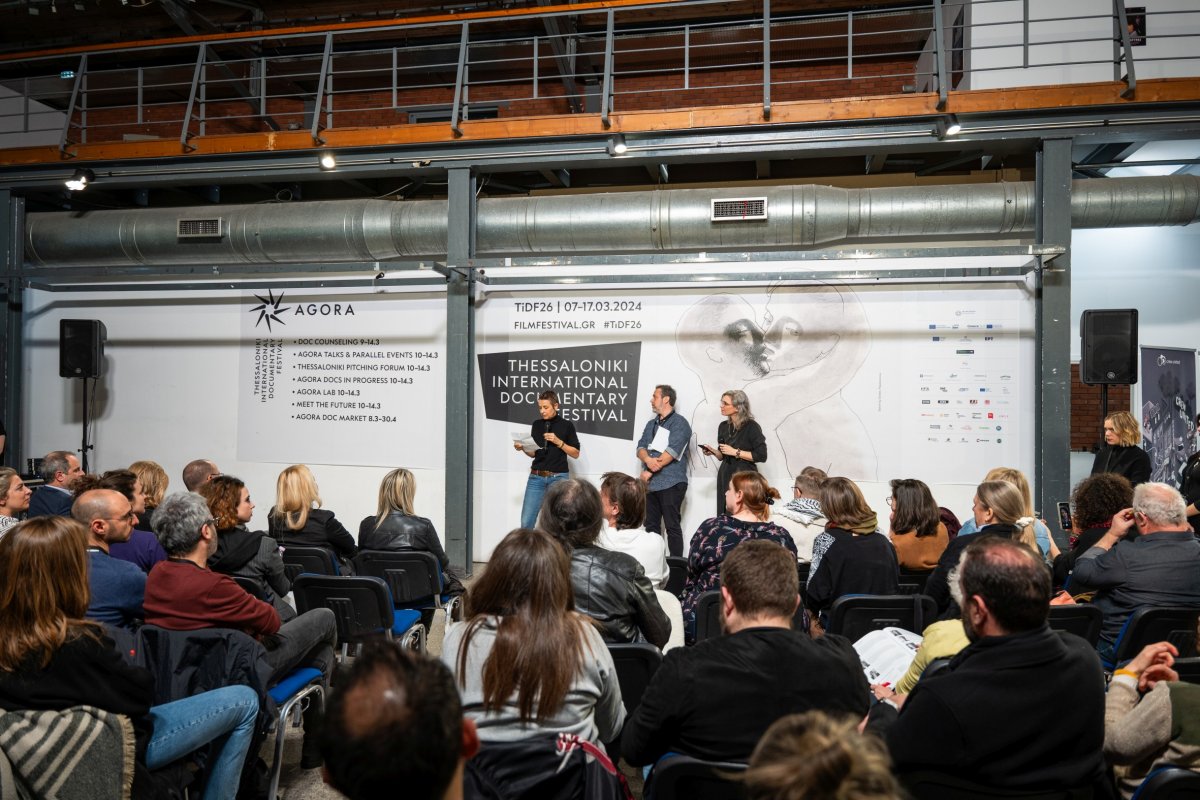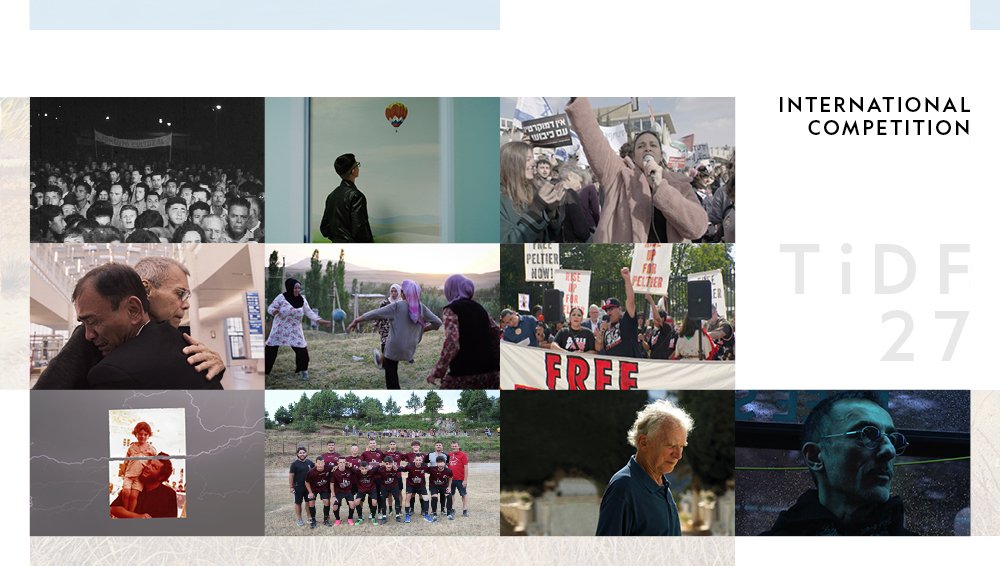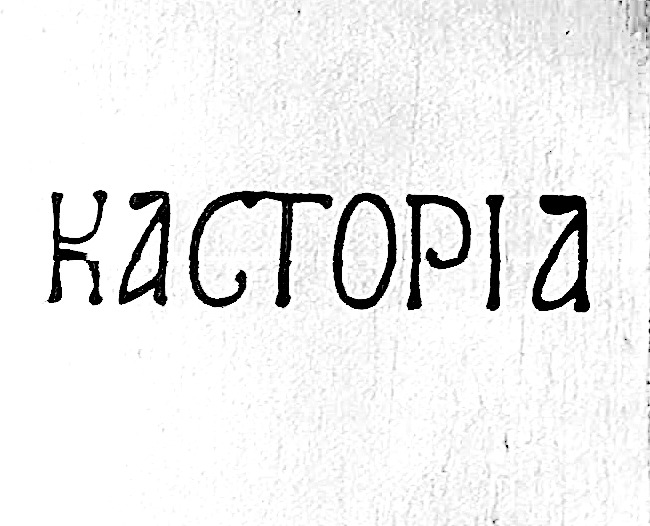18th Thessaloniki Documentary Festival
Images of the 21st Century
11-20 March 2016
EDN MASTERCLASS
Images of the 21st Century
11-20 March 2016
EDN MASTERCLASS
As part of the Docs in Thessaloniki Pitching Forum 2016 of the 18th Thessaloniki Documentary Festival, a masterclass titled "Making Documentary Series with Sigrid Dyekjaer” was held on Friday March 18th, 2016 at the Pavlos Zannas theatre.
The masterclass, organized by EDN (European Documentary Network) and the Thessaloniki Documentary Festival, was presented by the Danish producer Sigrid Dyekjaer. Using as a case study the documentary Bugs by Andreas Johnsen, Mrs. Dyekjaer, who produced the film, revealed a deeper aspect of documentary series and offered an insider’s view on the economic and creative parameters in the production of international creative documentary series.
In his introduction, Ove Rishoj Jensen, Film & Media Consultant of EDN, who coordinated the discussion, noted that the prospect of filmmakers presenting their work in a series of episodes instead of a single film is being discussed more often lately in the festivals’ pitching fora.
On her turn, producer Sigrid Dyekjaer (Danish Documentary Production) spoke on the different platforms and formats of the documentary Bugs. This production company follows a different approach instead of the typical one (script, pre-production, shooting, editing, post-production, etc.), that entails the filming of greater volumes of material than the usual one assembled through script and other editing during the filming of a documentary. This means that many stories from the initial material may not find their place in an hour-long documentary. For this reason precisely, the production company tried out different formats of film, both in form and duration, using the same film material gathered for Bugs documentary, the editing of which is completed these days. It is an international production and its subject is whether insects can be included in the diet of humans. The collected material will be presented as: a) a 90 min. film b) a 58 min. film c) five 45 min. episodes in the style of National Geographic documentaries that focus mainly on gastronomy and traditions d) eight 28 min. episodes for television, with a larger emphasis on the travel aspect of the production.
"Why should you consider presenting your material both as film and a series? There are a lot of reasons. You make use of as much material as possible, talking from a creative and economic point of view. With different formats, you increase the probability of distribution”, Mrs. Dyekjaer advised. She added that the first step for directors is to have a clear image of their goals, with regard to their subject, the profile of the audience they want to address, as well as how much time and money they can actually invest in such a project. Afterwards, she analyzed the strategy that was followed for Bugs, offering at the same time advice to the filmmakers who attended the masterclass.
As Mrs. Dyekjaer said, it is important to investigate co-production possibilities with companies in other countries, not just for financing, but because they have knowledge of the particularities of each market. In the case of Bugs, given the fact that part of the filming took place in Northern Europe, co-producers were found in Netherlands and Belgium, where there was a prospect of attracting an audience. Moreover, two crucial issues concern the language of the documentary, as the use of English increases the probability of opening in more markets, as well as the copyright issue, depending on the format of each product.
According to Mrs. Dyekjaer, public relations are an essential part of a project, together with the marketing plan and the collaboration with a sales agent from early on and, if that is possible, from the initial stage of production, so as to present the different formats of material as a single 'package' to possible buyers and distributors. An effective novelty of the Bugs project was its outreach campaign. The production team created an online platform (www.bugsfeed.com), where all discussions about the documentary’s subject take place. This platform doesn’t advertise the film, but rather aims to attract the interest of people concerned with the thematic behind Bugs. A copywriter produces original content material (articles, interviews and news with regard to diet, etc), which is constantly updated in the platform, while the campaign manager spreads all information in the social networks and seeks social media users with relevant interests. This way the platform has attracted 12.380 users, with whom there is interaction involved, while they also constitute a database for a film’s potential audience.
Ove Rishoj Jensen asked Mrs. Dyekjaer about the parallel editing work required for the material's presentation in different formats and the producer explained that there are three different editors working separately, who, however, are inspired by each other. The first question posed by the audience concerned how the budget of the film is affected by an approach such as the one followed in Bugs. Mrs. Dyekjaer answered that, on one hand, working simultaneously on the same material in different formats can spare money, and on the other hand, it requires more money and time for editing. With regard to whether the screening of the film precedes or follows the documentary series, the Danish producer noted that this depends mainly on cinema theaters, which don't favor the premiere screening of the series in television. She also added that special screening events can be an option to overcome this obstacle.
Many questions posed by the audience concerned the outreach campaign carried out through bugsfeed.com. “If you don't have someone to run such a campaign, don't waste any time on this, but instead create a website for the promotion of your film. If you want to start a discussion, talk about new ideas, start a trend, you should have people running this campaign and producing original content as well", Mrs. Dyekjaer advised. As for the duration of such a campaign, she underlined that it can vary from half to one year, based on the condition that the funding will come from sources that have an interest in maintaining the discussion that concerns the film’s subject.



